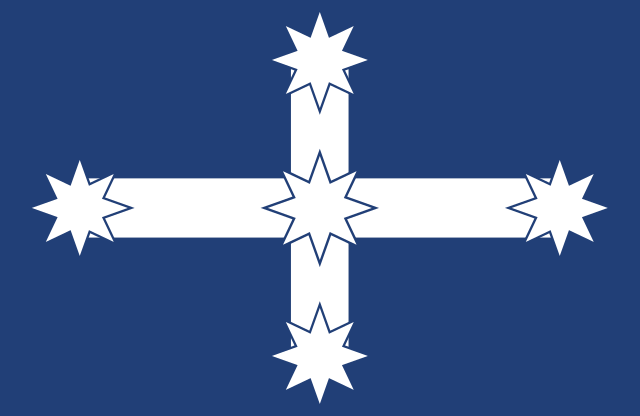
A lot of workers would have been shocked to read the report in the November 14 Melbourne Age about the Australian Building and Construction Commission (ABCC) ordering construction companies to remove union posters and signs and anything with the Eureka flag on it.
Construction, Forestry, Mining and Energy Union (CFMEU) Victorian assistant secretary Tommy Watson told Green Left Weekly that the ABCC is conducting an audit of building sites to make sure that they are abiding by the National Code of Practice for the Construction Industry.
The code was introduced by the Howard government in 1996 to force companies to reject union agreements that had clauses preventing subcontractors without union agreements from coming on site. If companies didn’t comply with the national code, they were excluded from bidding for federally funded jobs.
The freedom of association section of the code states that people have a choice to be or not be in a union and that people shouldn’t be discriminated against on the basis of whether or not they are in a union.
This section was revised in 2005 to include a section banning “no ticket, no start” signs and other notices such as posters, helmets, stickers or union logos or flags that imply that union membership is anything other than a matter for “individual choice”.
Watson said that the audit of building companies is to make sure that they “don’t display any union material to give the impression that it might be a union site, be that hats, stickers, jumpers, stickers on shirts, stickers on walls, union flags, any paraphernalia that’s to do with the union”.
The ABCC has even targeted training leaflets. It has told companies that CFMEU leaflets on training have to be taken down because the leaflets have a union logo and union phone number on them.
“They’ve also asked companies to take down anti-Howard and anti-Work Choices stickers”, Watson told GLW. “It’s freedom of speech provided you’re not a union member. But if you’re a union member you can’t explain that you’re a member of a union by displaying a union sticker because by doing that, the government says that you’re saying it’s a union site. So there’s only freedom of speech if you’re a not a union member, if you’re anti-union. If you’re a union member, there’s no freedom of speech.”
“This is happening on building sites all over Australia”, explained Watson. “Any building company that does any work for the federal government, or tenders for any work for the federal government, or builds a project where the federal government might be linked into some of the floors to put an office in, is covered by the code.”
At this stage, Watson said, the ABCC is mainly concerned about stickers on walls of sheds and the Eureka flag. But it’s also talking about hat stickers. He thinks that if PM John Howard gets re-elected, they will start talking about personal protective equipment and personal jumpers that have union logos on them.
“The companies find it hard to resist the ABCC”, said Watson, “because if they don’t comply, they get excluded from government projects and as you know those projects are worth hundreds and hundreds of millions of dollars …”
“If companies don’t do as the ABCC says and the code says, then they get taken off projects, which is intimidation”, he added. “If the union did something like that, we would be charged with extortion and we’d be considered criminals, but the ABCC can bluff people and blackmail people and get away with it.”
Watson said that the CFMEU was asking members to put everything back up as soon as companies pull the material down. “We’re going to continue to fly the Eureka flag and union flags. We’re just going to carry on as normal.”
The ABCC is particularly targeting anything that displays the Eureka flag because they say it’s a union symbol. It claims that when a building site displays the Eureka flag it “conveys a message that union membership is not a matter of individual choice”.
Watson says that the Eureka flag is not a just symbol of trade unions, but a symbol of working-class struggle. “If someone is a union member and is proud to be a union member, and wants to wear a sticker on their hat or on their jumper, then they should be able to do that”, he said.
A protest against the banning of the Eureka flag will be held at 5pm on November 23 at the State Library, corner Swanston and La Trobe streets.
From: Comment & Analysis, Green Left Weekly issue #732 21 November 2007.















